Protected areas in Lithuania: Part 3 – Regional parks and State reserves
In the series of postings, we are presenting the colourful system of protected areas in Lithuania. This week’s topic is Regional Parks and State Reserves (Draustinis).
Please also read: Protected Areas In Lithuania: Part 2 – National Parks
Protected area system
Different to other countries, the Lithuanian protected area network was created to protect not only nature, but the complexity of nature and cultural heritage as a whole. It also aims to preserve ecological balance and biodiversity and to promote sustainable use, restoration of natural resources and ethnocultural traditions. At the same time, it allows scientific research, nature tourism, environmental and ethnocultural education.
Currently, protected areas of all protection levels cover 17,64% of Lithuania’s area. All of the protected areas in Lithuania are managed by government institutions. Nevertheless, private people can purchase land within some protected areas and even carry out construction work, logging, tourism or business. But strict regulations for all of these activities are in place.
Regional parks
Regional parks protect territories that are important biologically, culturally or recreationally; preserve landscape complexes and locally important ecosystems; control recreation and farming within these areas.
Currently there are 30 regional parks in Lithuania and one of them – historic regional park. All of them are managed by individual governmental units and have their physical information centers. Regional parks are much smaller than national parks and are usually focused on a specific natural/historic feature that they strive to preserve:
- seaside or lagoon coasts;
- river valleys;
- forests, lakes or hills;
- plateaus or plains.
Regional parks always have marked trails for pedestrians, bikes, kayaks and cars; they often offer educational paths or excursions, provide camping and resting places, invite to museums, celebrate traditional festivals and sell local people’s products. Every regional park is beautiful and worth visiting, however some of them have exceptionally interesting features.
Asvejos regional park
Asvejos regional park was created to preserve the longest lake in Lithuania – Asveja lake (21.9 km) and all the little lakes around it. They are incorporated in the masses of forest which are rich in wild berries, mushrooms, herbs, animals and plants. The area was used by ancient lithuanians since 14th century and the remains of ancient mounds, sacred places and burial mounds are open for visitors.

Biržų regional park
Biržų regional park is unique because of its geology. Deep layers of ground in this area consists of gypsum, sandstone, or dolomite bedrock. Circulating underground waters gradually wash out these layers, eventually creating spaces and caverns known as karst sinkholes. The total number of sinkholes in the district is estimated to be more than 9,000 and the number is still increasing. The regional park also protects architecture of many castles and manors in the area.
Dubysos regional park
Dubysos regional park protects picturesque Dubysa river valley landscape, with its confluents, meadows, hills, and high slopes. There is also important cultural value of the area, as it is homeland of great Lithuanian poet Maironis. Here you can see the longest and highest rail bridge in Lithuania (Lyduvėnai bridge). Dubysa provides opportunities to enjoy clear waters full of fish, invertebrates, birds, and water mammals (beavers, otters) while kayaking or fishing.

Nemunas delta regional park
Nemunas delta (Nemuno deltos) regional park protects one of the largest unmodified deltas in the Baltic sea area. The heart of this park is Rusne island, the lowest point of which sits below sea level (-1.3 m). Rusne island is furrowed with countless channels and streams. Massive floods occur in spring, bringing tons of melting snow and ice water to the delta, flooding thousands of hectares of land. Local people have adapted to live in this extremely wet part of Lithuania and have installed complicated polder and pump system to be able to exploit fertile lands. However, farm lands occupy only a small portion of the delta and the majority of shores, rivers and ever-changing islands are left for the wildlife. Nemunas delta is very attractive bird spotting destination, because it lies on the North-South bird migration route. In spring you can see thousands of geese, ducks, waders, terns, gulls, swans, shags, cormorants, cranes and eagles all resting in vast flooded fields. Many Red List species of birds can be spotted in this park, white-tailed eagle being the most impressive one. Here you can also see one of the oldest bird ringing stations in the world – Ventės horn bird ringing station (operating since 1929).
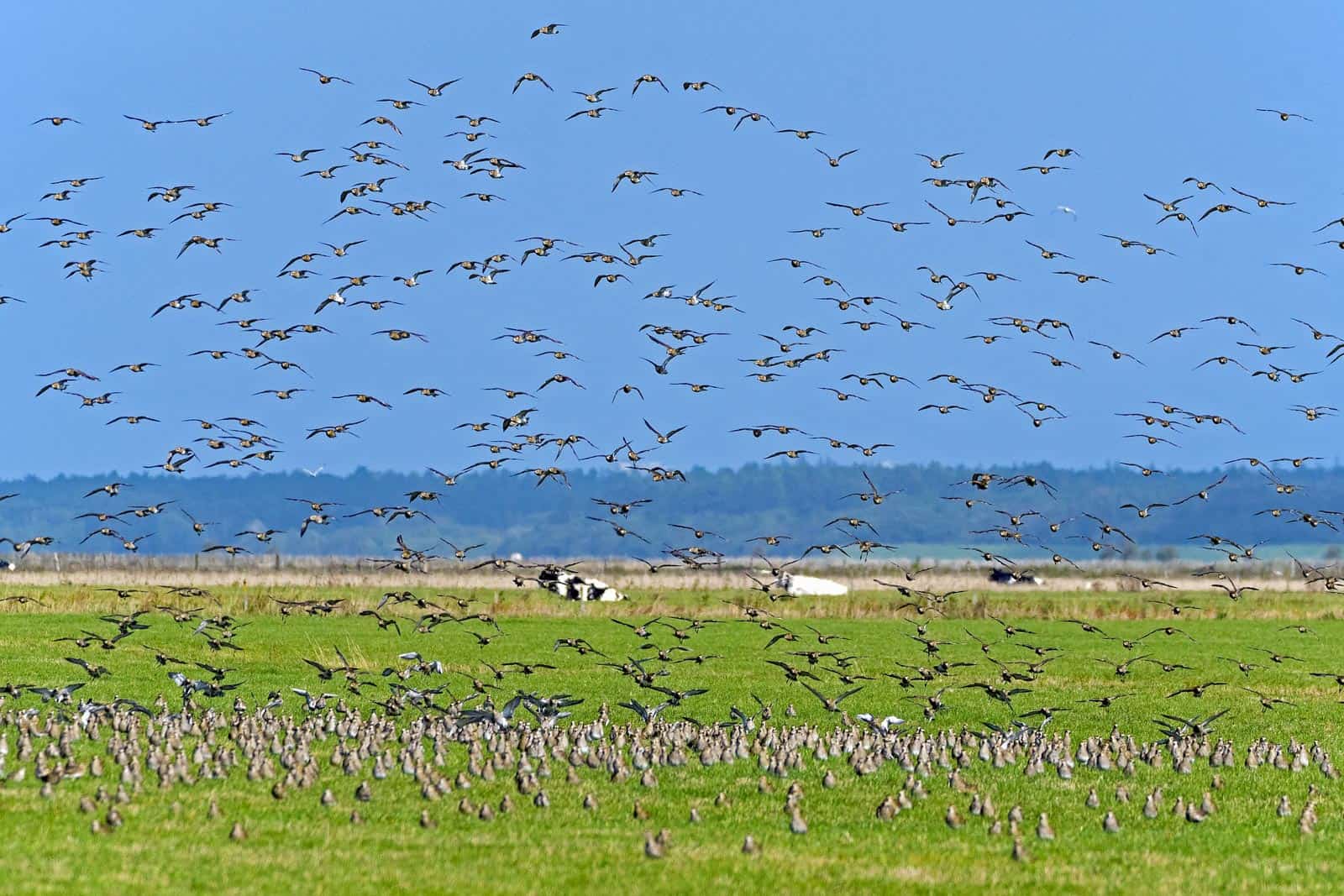
Nemunas loop regional park
Nemunas loop (Nemuno kilpų) regional park’s beauty is hard to imagine until you climb somewhere higher to appreciate gracious meandering of the largest Lithuania’s river Nemunas. The regional park protects beautiful landscape of Nemunas loops, natural river valleys, high river cliffs and one of the oldest and most valuable forests in Lithuania – Punios forest. The average tree age in Punios forest is 90 years, but there are individuals who might be older than 500 years. Park’s visitor center is situated in resort town Birštonas, which is well known for propagation of Kneipp’s philosophy and natural mineral water streams. To be able to gaze over the Nemunas loops, Birštonas and forests surrounding it, visitors are invited to climb a 45 m high watch tower.
Metelių regional park
Metelių regional park was established to protect unique landscape of the three largest south Lithuania lakes Dusia (23.17 km2), Metelys (12.92 km2) and Obelija (5.73 km²). It also protects historical sites and cultural heritage – mound complexes and linear settlements. The lakes are thriving with fish, amphibians and birds and their shores are rich in plant diversity. There are 30 fish species found in the park, of which 3 are protected within the European Union. There are 16 amphibian and reptile species of which 3 are protected within the European Union. Large flocks of migrating water birds stop here for rest in spring. The highlight species of this protected area is European pond turtle (Emys orbicularis) which lives freely in the little ponds and swamps of the park.
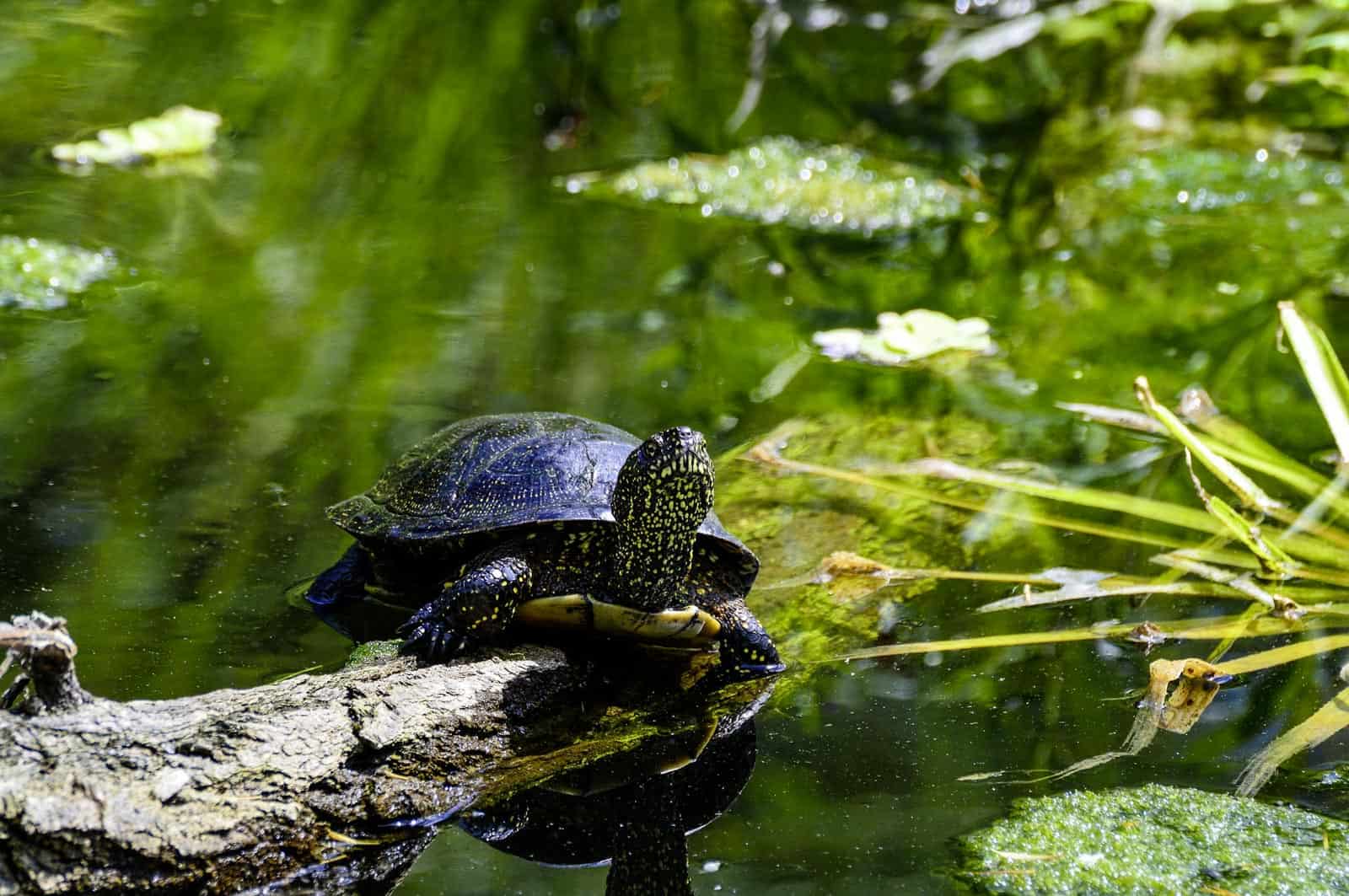
Panemuniai regional park
Panemuniai (Panemunės) regional park is situated along Nemunas river, protecting almost 40 km stretch of the river, its banks and few other natural values. Panemuniai park is also protecting largest in Lithuania crusade period defense line, dating back to 8th-15th century. This open-air historic monument is exceptionally valuable culturally and historically. It is comprised of steep Nemunas slopes, protective mounds, unique castles, and castle remains. In the protected area you can also find restored manors, history museums and authentic restaurants serving manor-style foods.
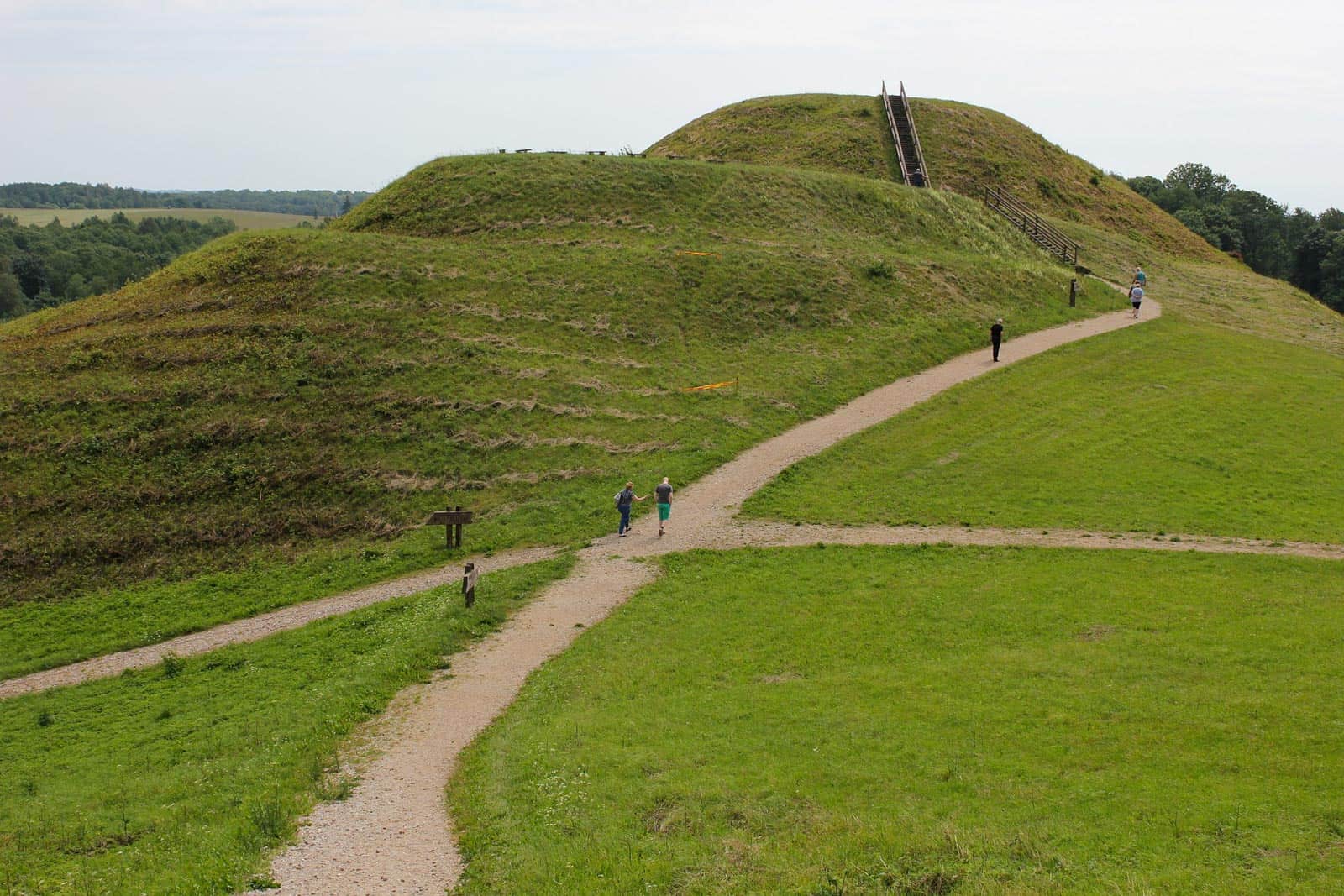
State reserves (Draustinis)
Yet another category of protected areas in Lithuania is Draustinis, which does not have perfect translation into English language. Closest translation would be – (not strict) State Reserves. These reserves aim to conserve areas that contain exceptional natural, cultural or landscape values and are important scientifically or recreationally. These areas are small in size, usually focusing on one or only few values and their protection is ensured without interruption to anthropological activities.
In 2017 there were 514 reserves (draustinis) in Lithuania. They can belong to and be managed by authorities of regional park, national park or local municipality.
State reserves are classified into three categories: natural, cultural ancomplex.
Natural reserves are further classified into:
- Geological;
- Geomorphological;
- Hydrographic;
- Pedological;
- Botanical;
- Zoological;
- Botanical – zoological;
- Genetic;
- Thelmological;
- Thalassalogical.
Cultural reserves are further classified into:
- Archaeological;
- Historical;
- Ethnocultural;
- Urbanistic / architectural.
Complex reserves are further classified into:
- Landscape;
- Cartographic.
Each type of reserves (draustinis) has its own rules and regulations for human activities. For example, in landscape reserves there are special regulations for construction of new houses and renovation of old ones – they have to blend in the general landscape, do not modify it and do not obstruct the views. In geological reserves it is forbidden to dig, damage or change natural cliffs; to climb cliffs in places not designated for it; to fill karst sinkholes with soil, waste or chemicals. In ornithological reserves it is forbidden to plant trees in forest meadows; to install over-ground electrical lines and other communication cables; to visit reserve from 1st of April till 1st of August.
There are many more various regulations that apply within protected areas, therefore, visitors should always consult with local tourist information office before planning their trip into protected areas of all kinds.

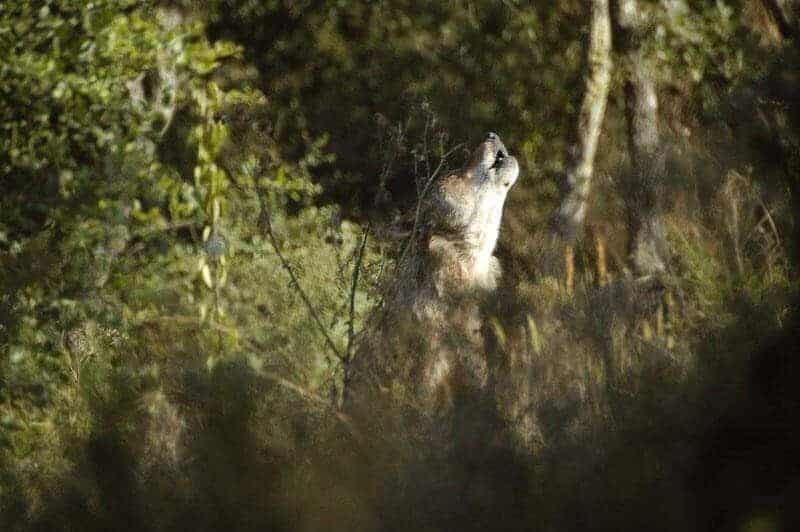
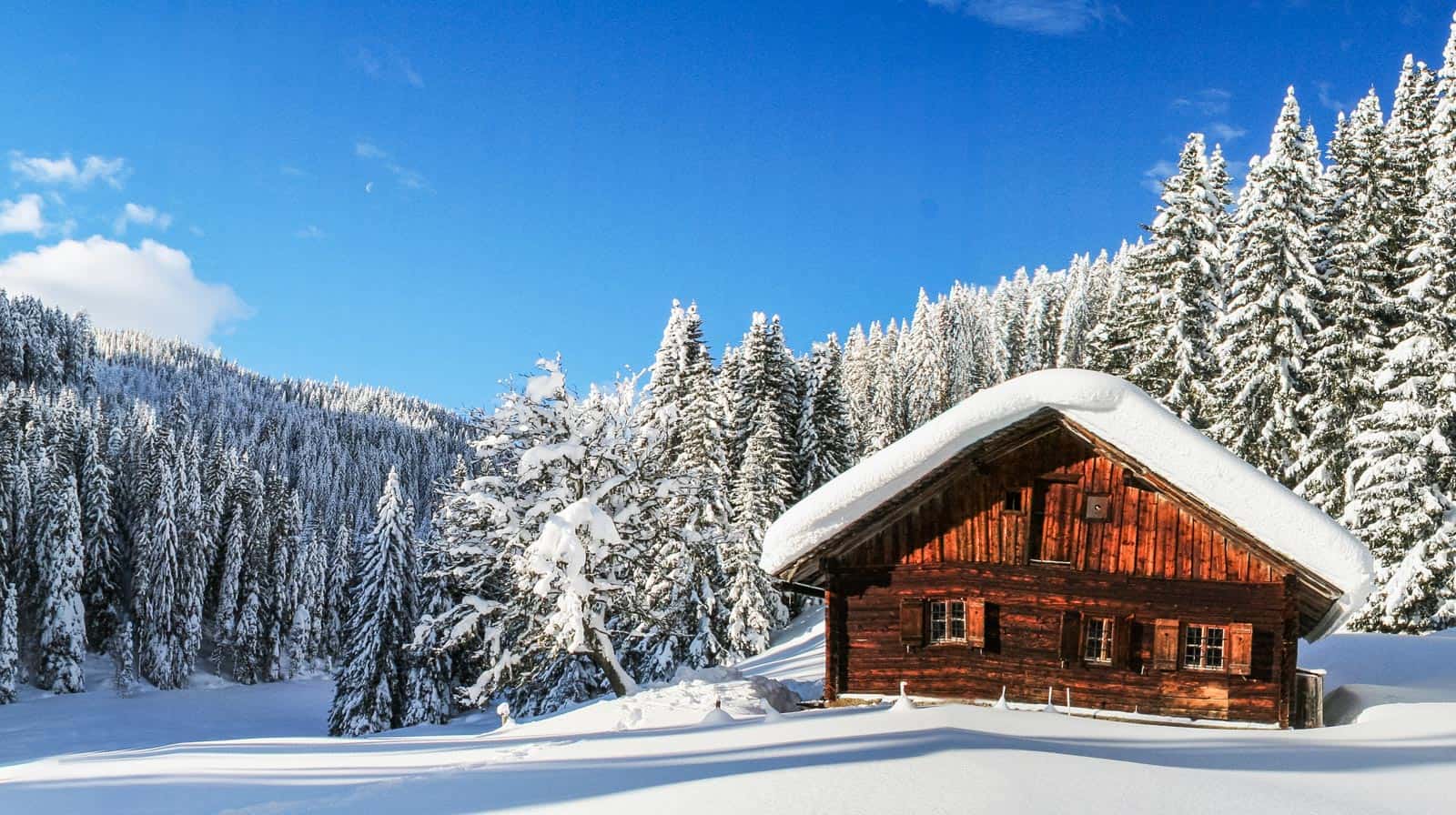
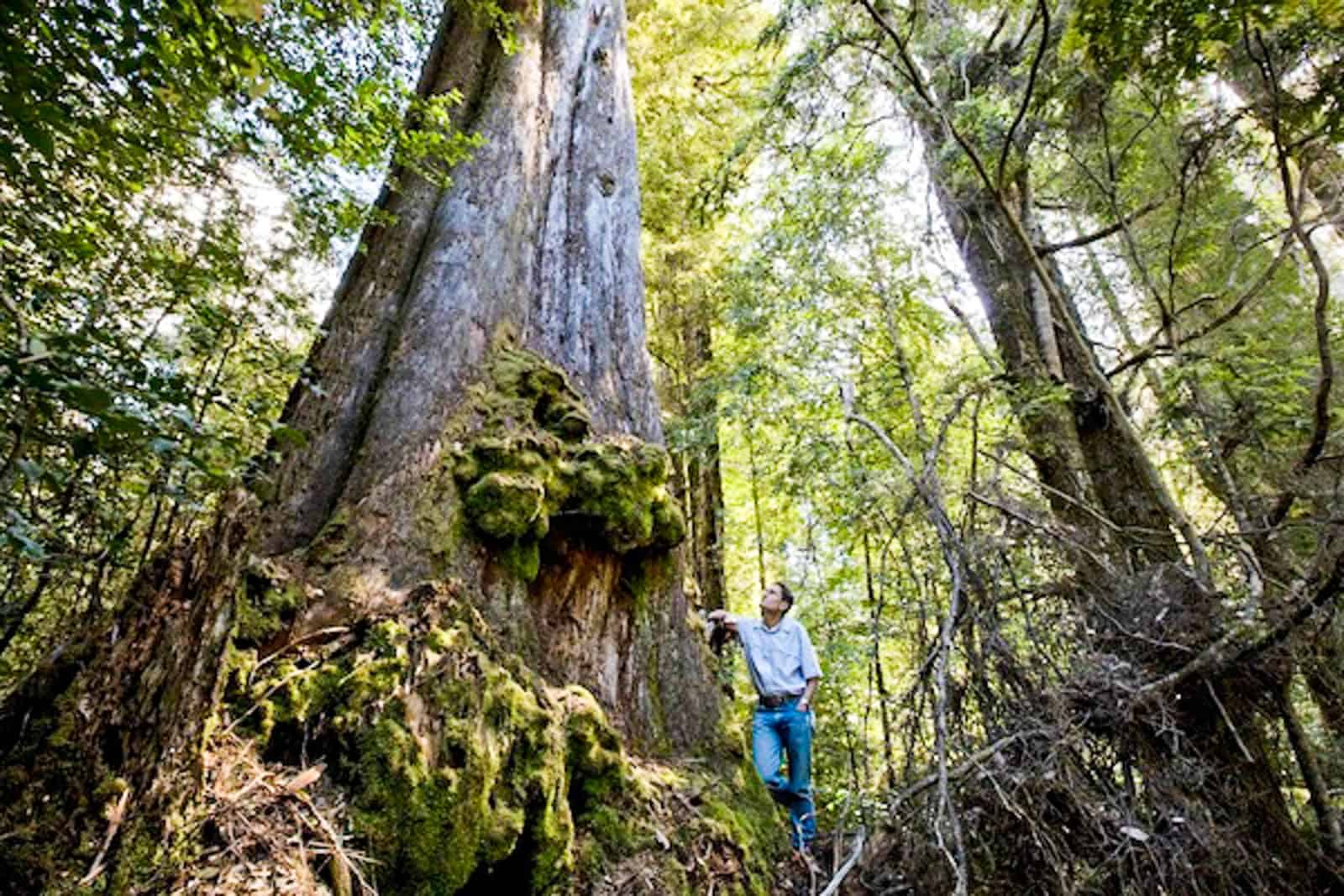

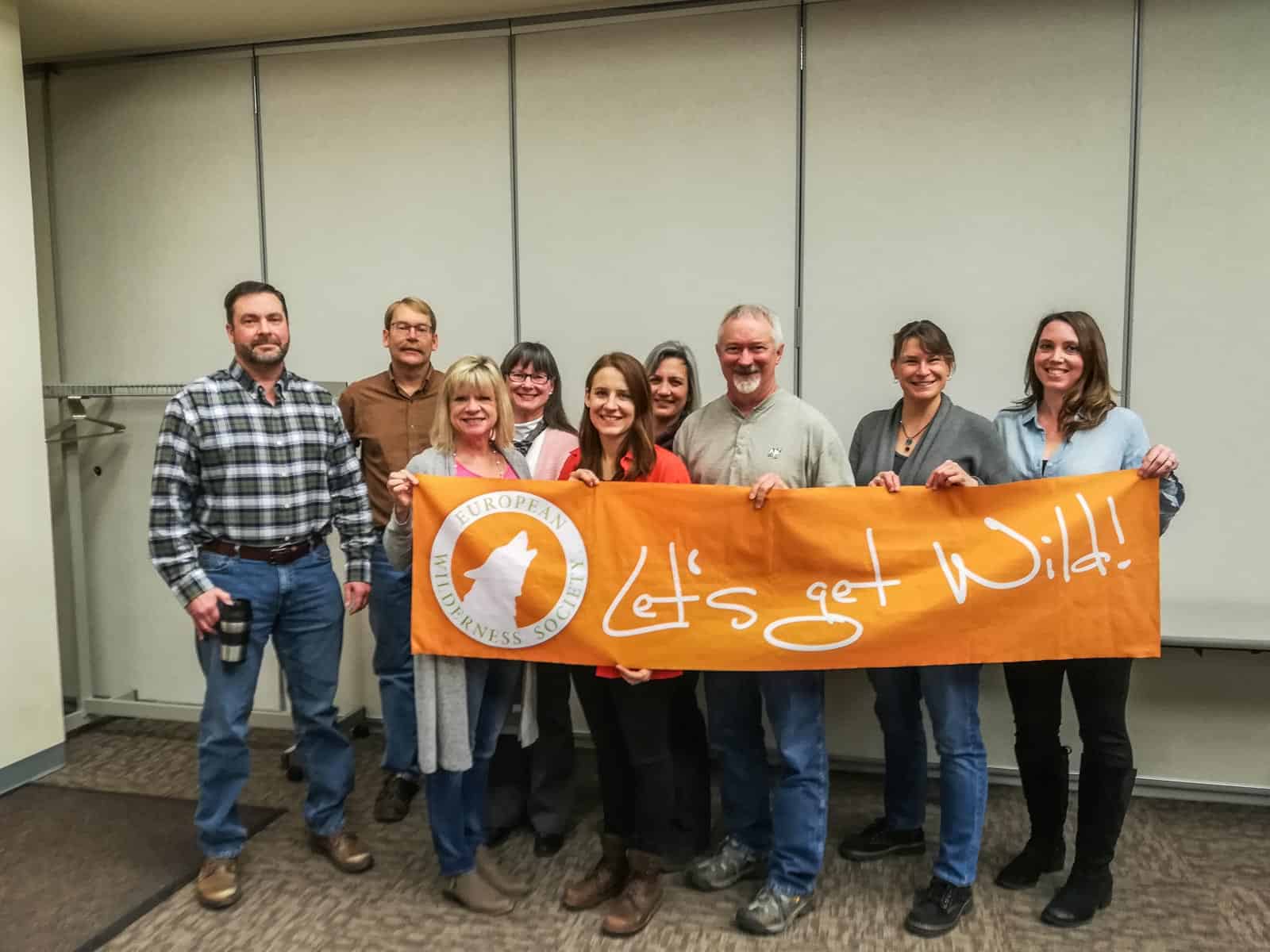
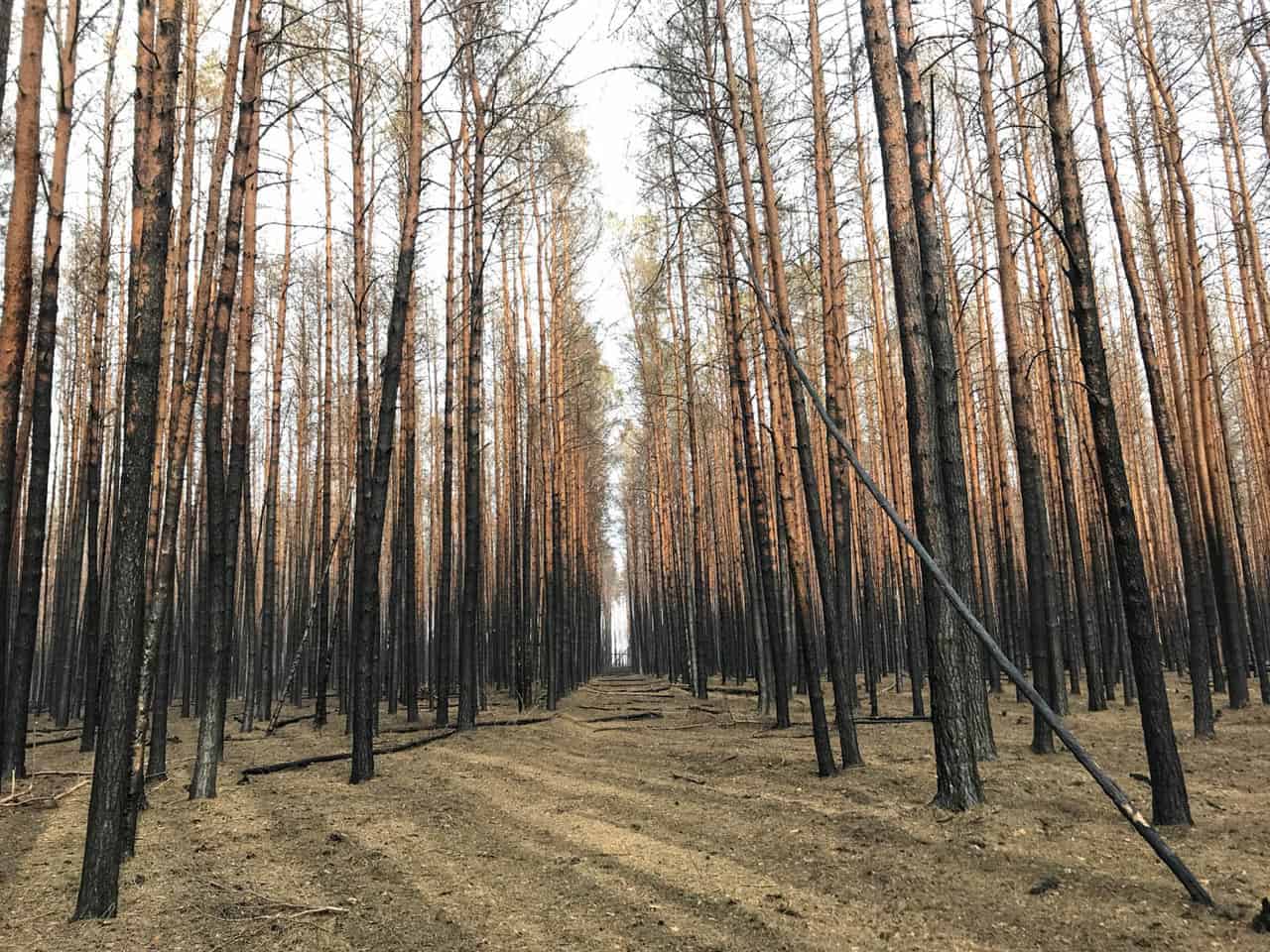
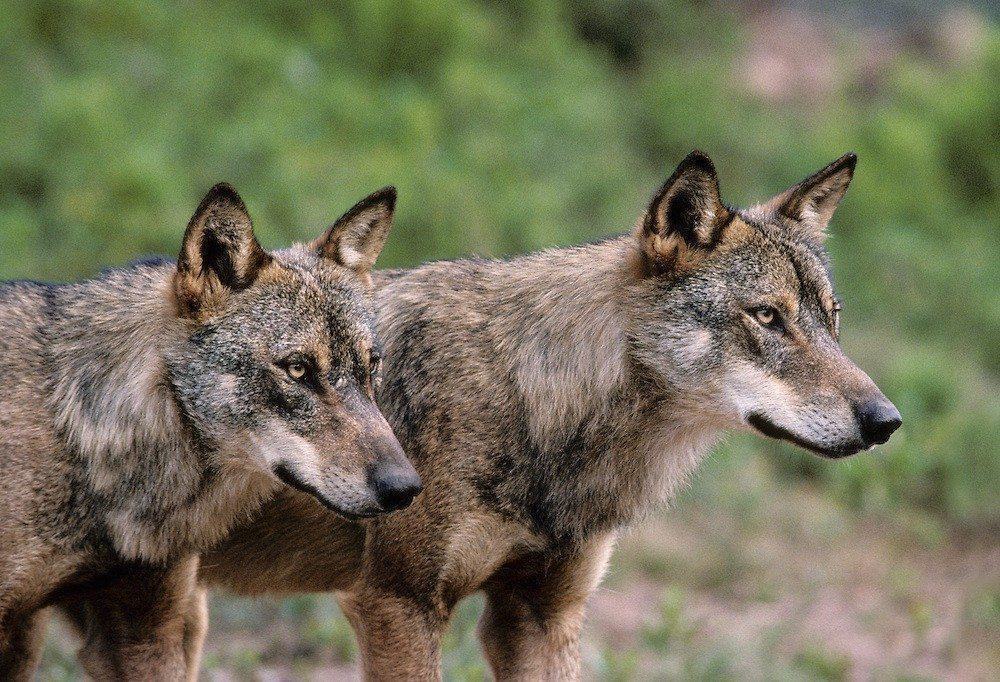
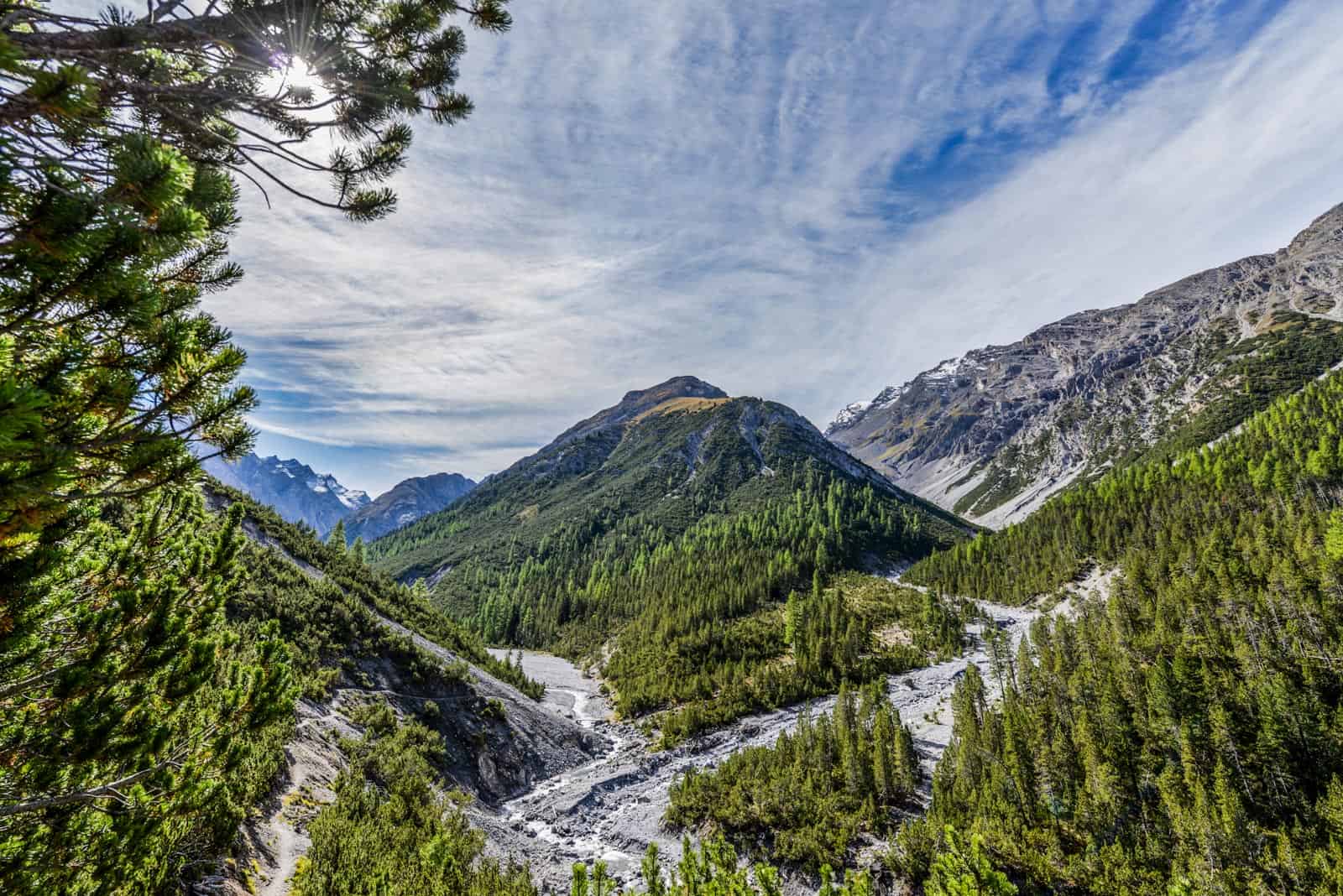
You should talk about old forest clearcutting in Lithuania.